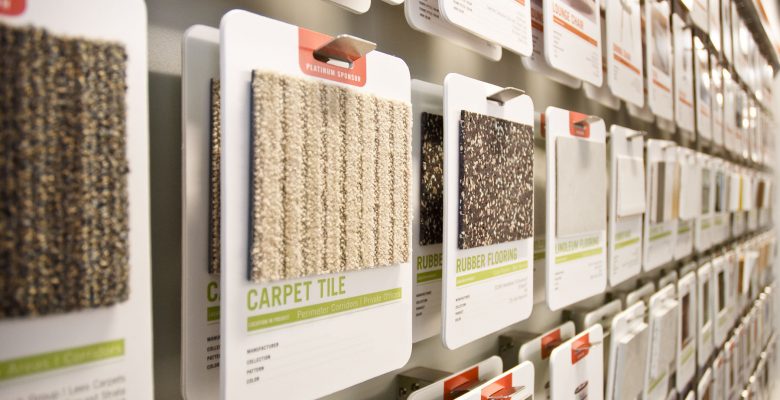It is important for architects and interior designers to be familiar with flame retardants because many are persistent, bioaccumulative, and/or toxic, and the building products that incorporate them can be avoided in many cases. For decades, flame retardants have been added to materials to meet specific flammability code requirements in developed countries; as a result, they are ubiquitous in globally distributed products, and their waste and residue is evident in air and water currents and in the food chain. Flame retardants are associated with and suspected contributors to diseases that cost hundreds of billions of dollars annually in the US alone, and incalculable suffering around the world.
To protect the occupants of a building, this paper recommends that designers not specify products with added flame retardants whenever possible. When this is not possible, this paper provides simple guidelines to help determine which flame retardants are more likely to be problematic. This paper strongly recommends that designers not specify products containing halogenated flame retardants, and in the absence of comprehensive health and exposure data, avoid those containing organophosphate flame retardants. Instead, when possible, this paper recommends the selection of products containing non-volatile mineral/salt/amine compounds wherever added flame retardance is required.
This paper provides a list of 193 flame retardants, including 31 discovered in building materials and household products, 51 discovered in the indoor environment, and 33 discovered in human blood, milk, and tissues. This list can help specifiers identify which products should be subjected to extra scrutiny during the design and construction process.The list also helps to identify potential gaps in the current understanding of the sources and paths of chemical exposure.
Building and flammability codes help protect buildings and occupants, but can also drive the use of flame retardants. For each material, this paper outlines current flammability requirements and provides examples of alternatives that avoid the use of problematic flame retardants. The intent of this paper is to dispel the notion that harmful flame retardants are always required, and to provide information to facilitate specifying alternate products that meet the most widely used building and fire codes in most jurisdictions.
Click here to read the entire paper.

